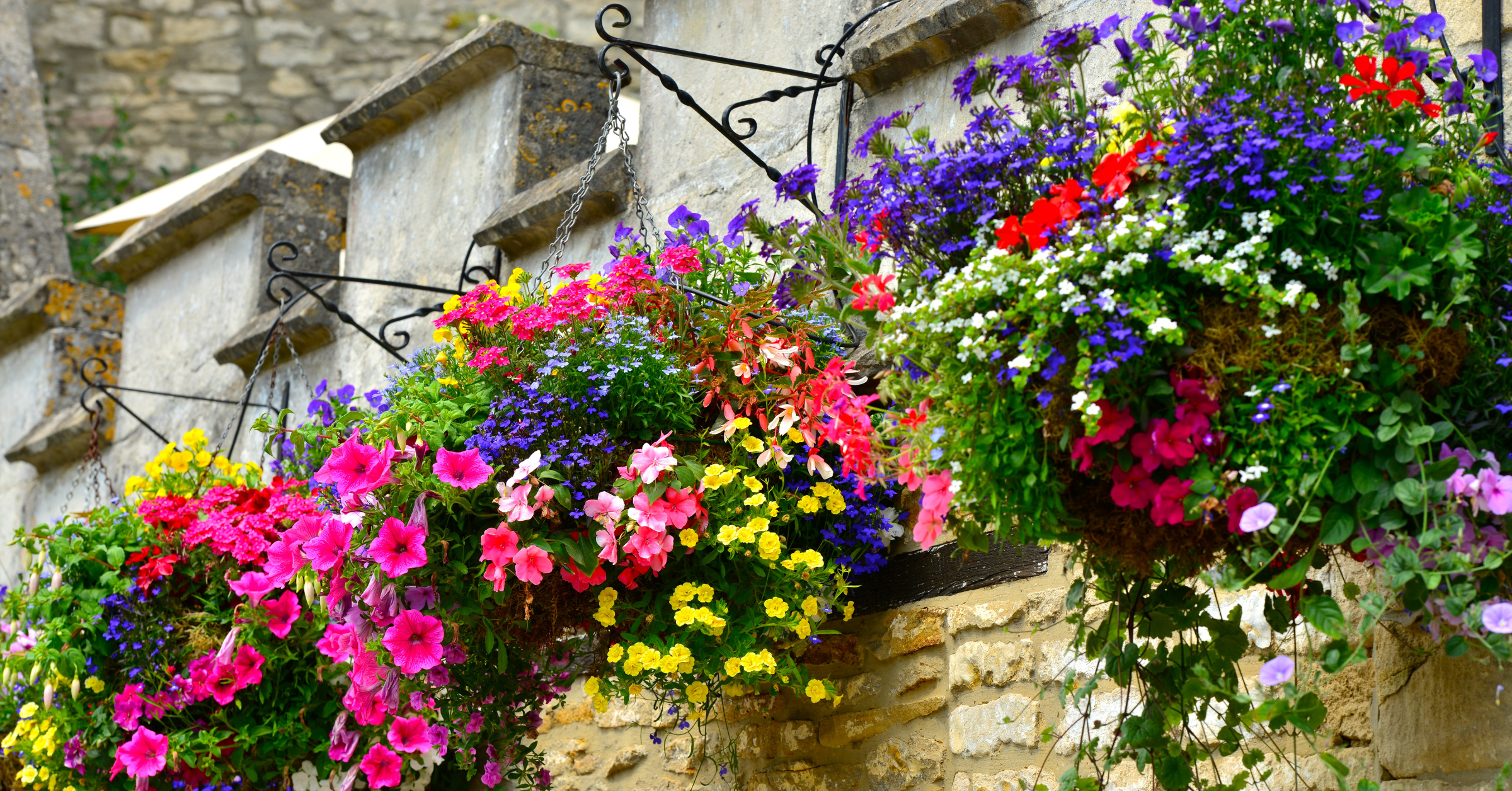
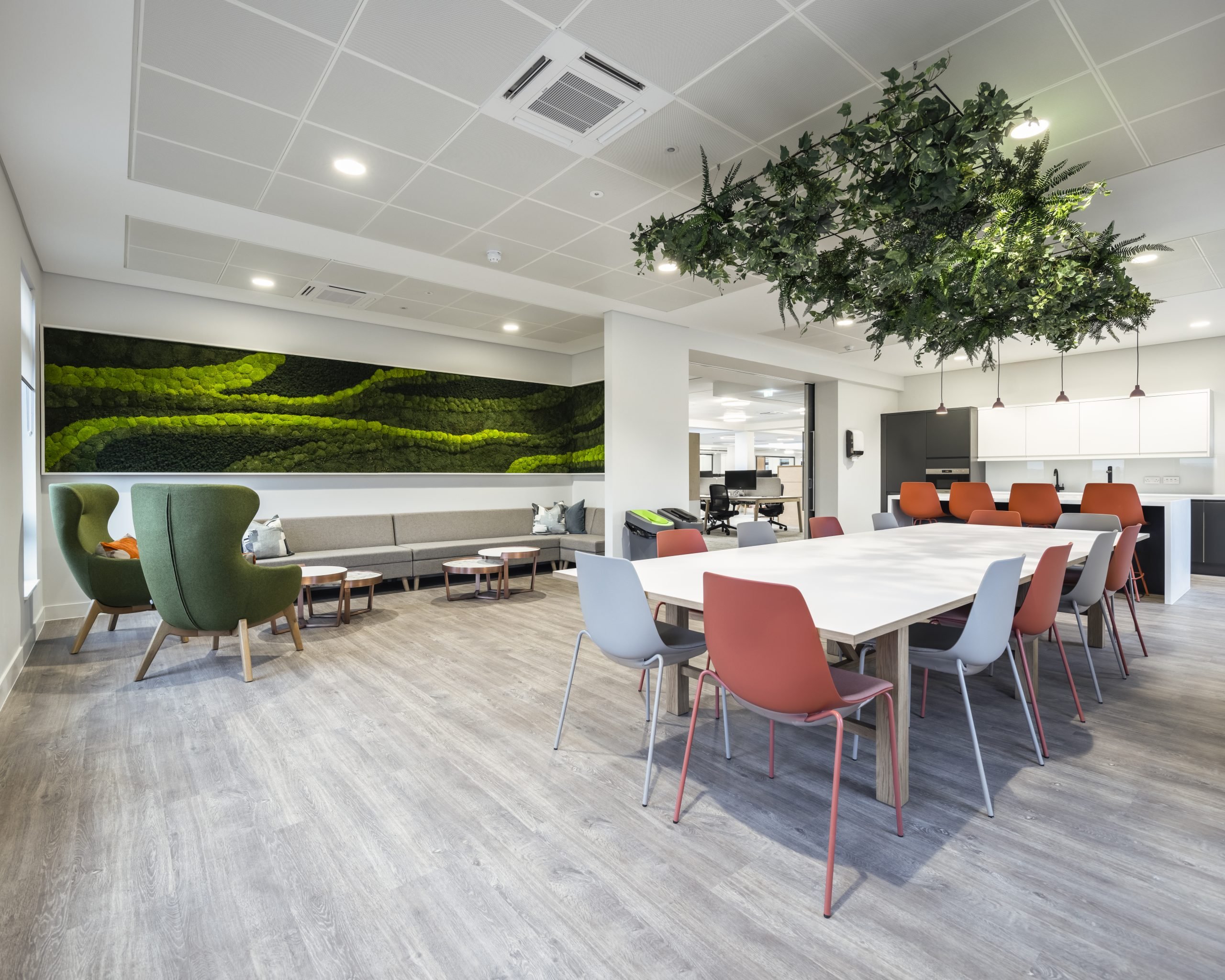
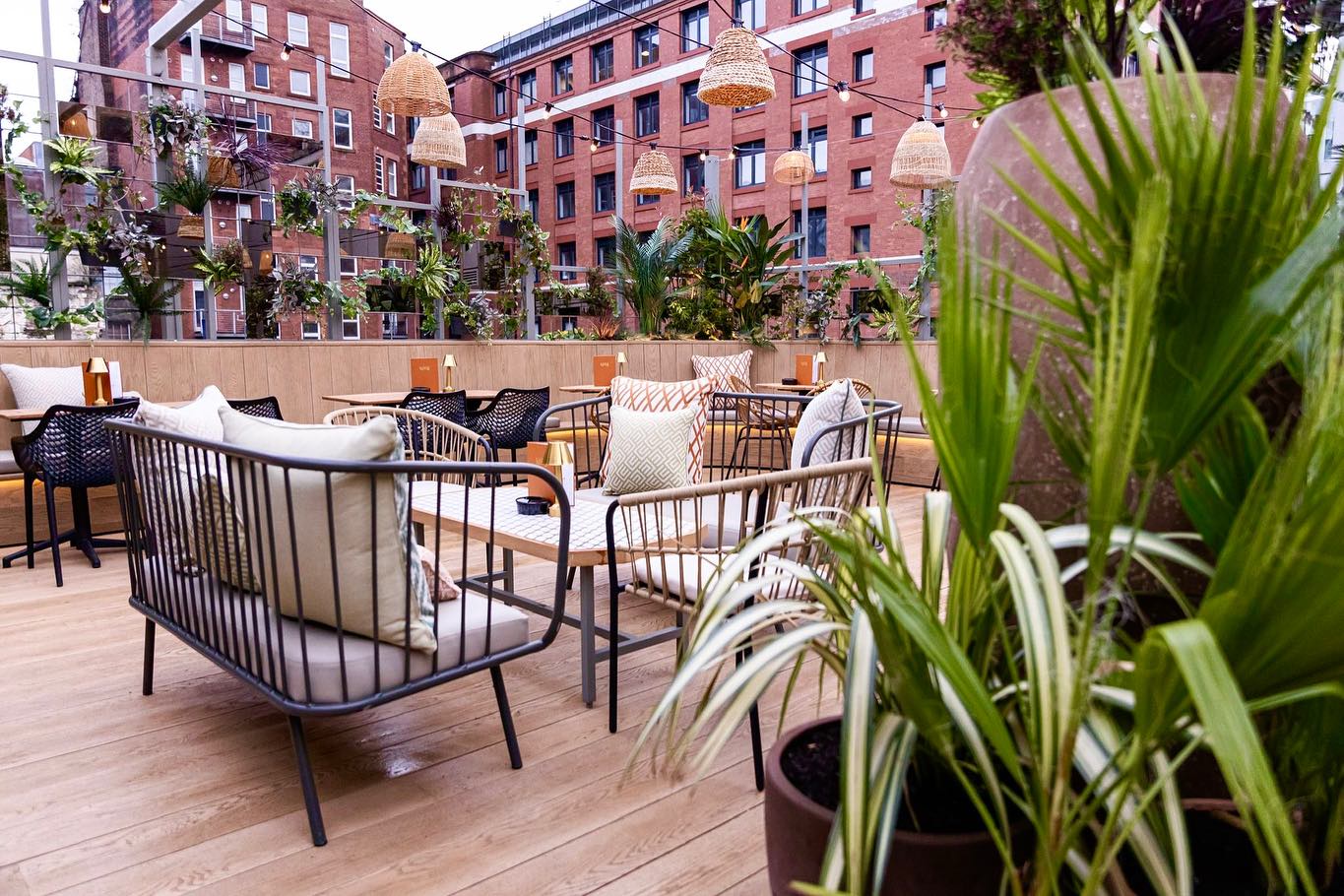
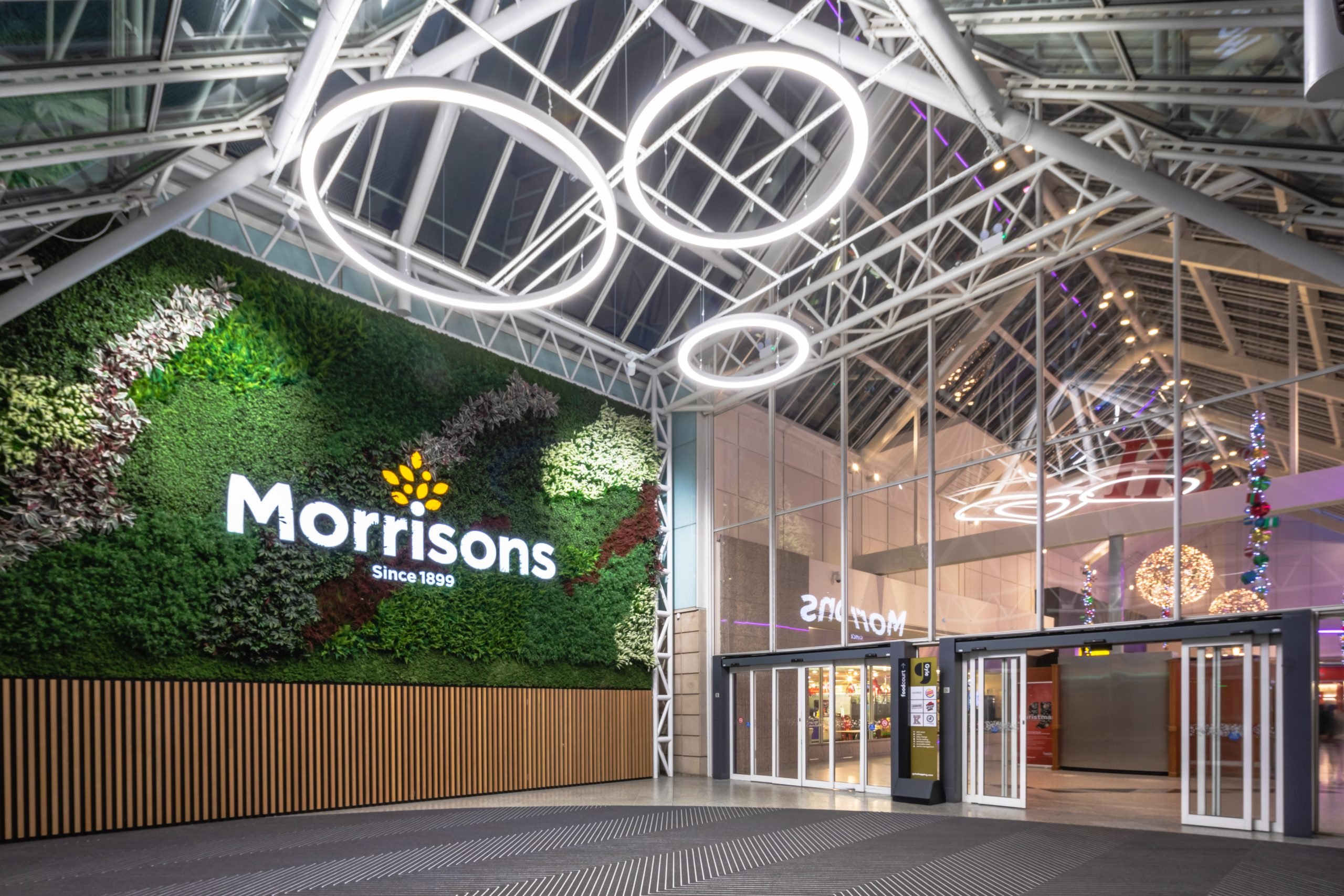

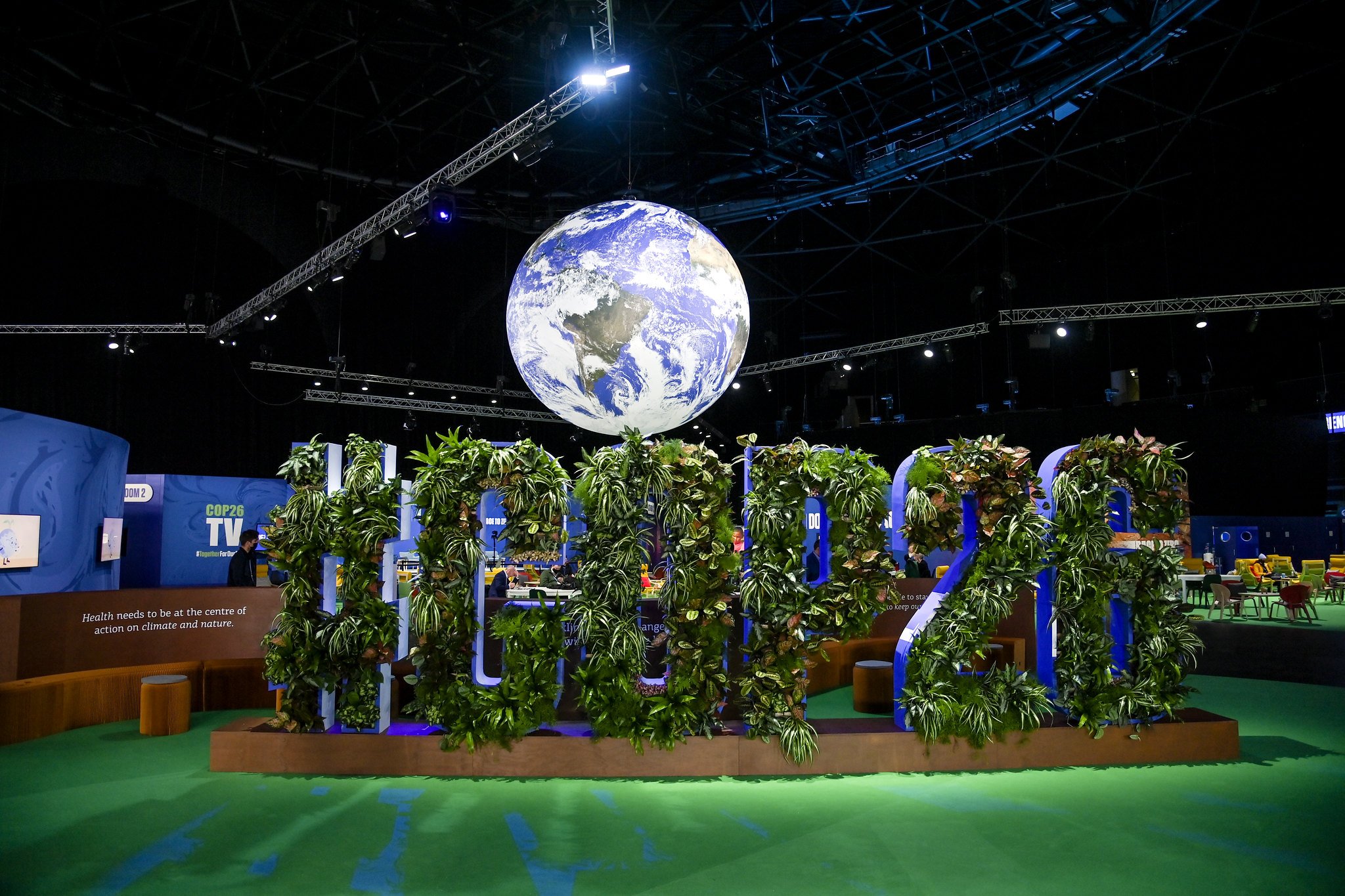
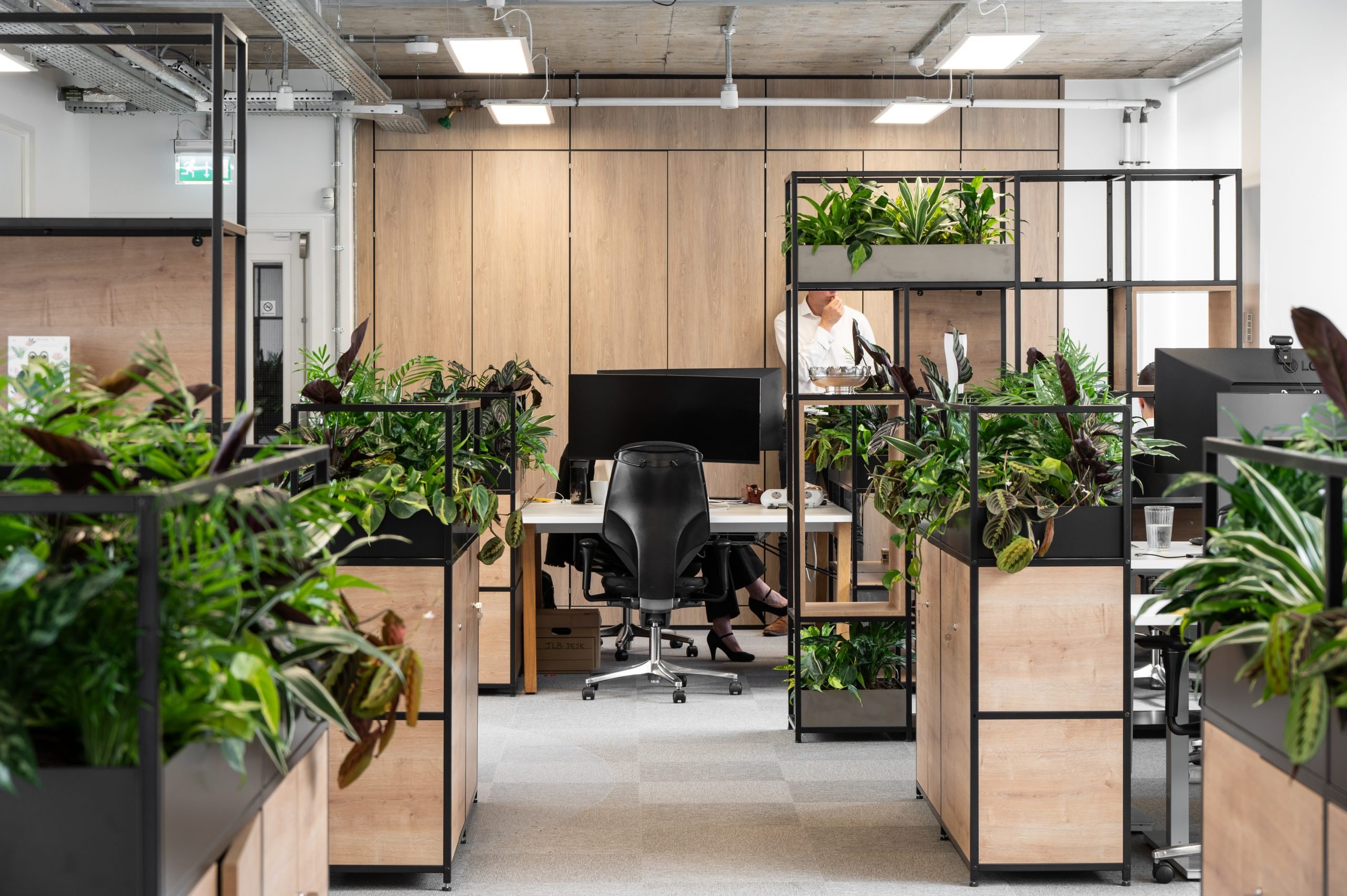

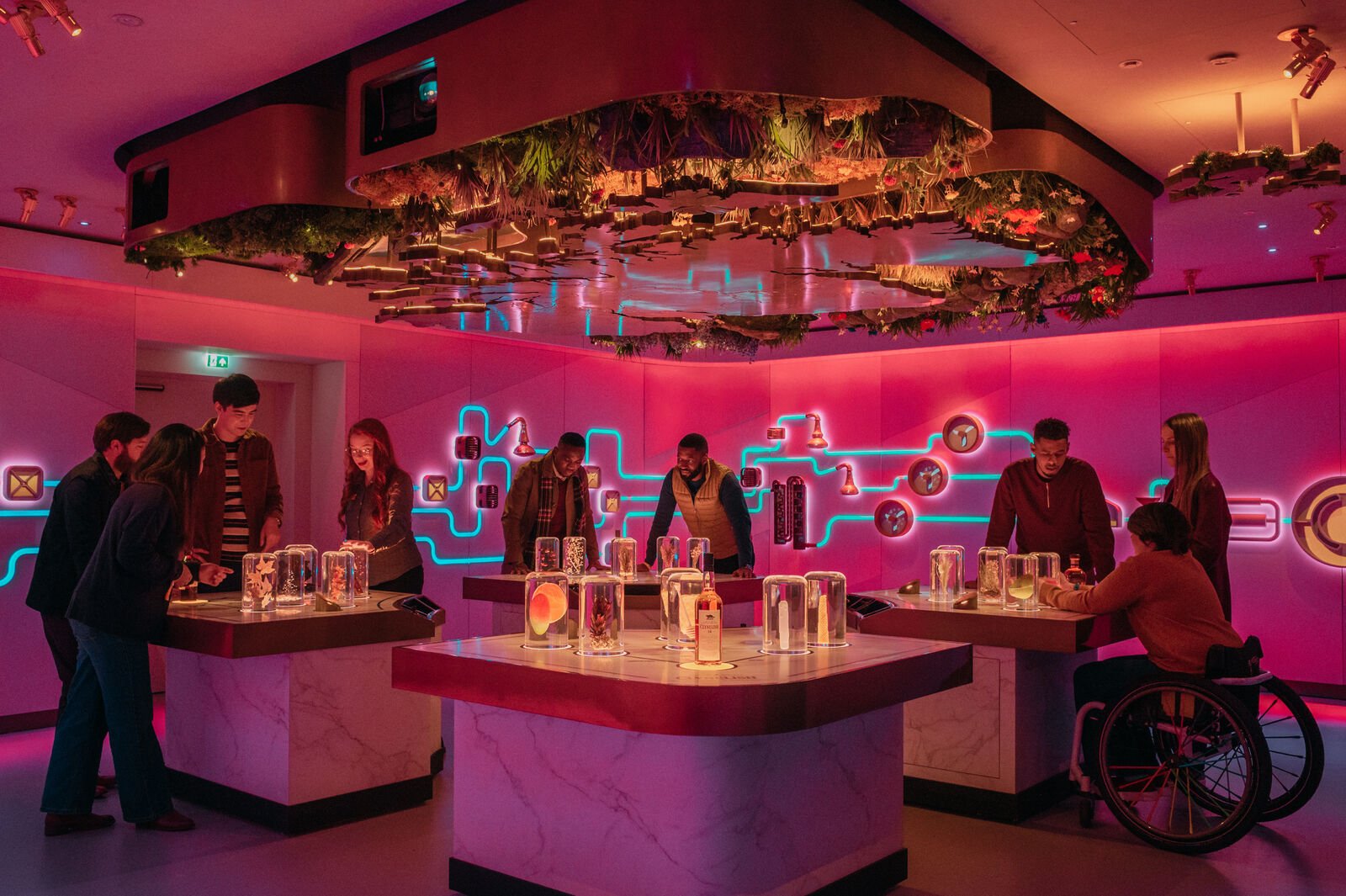

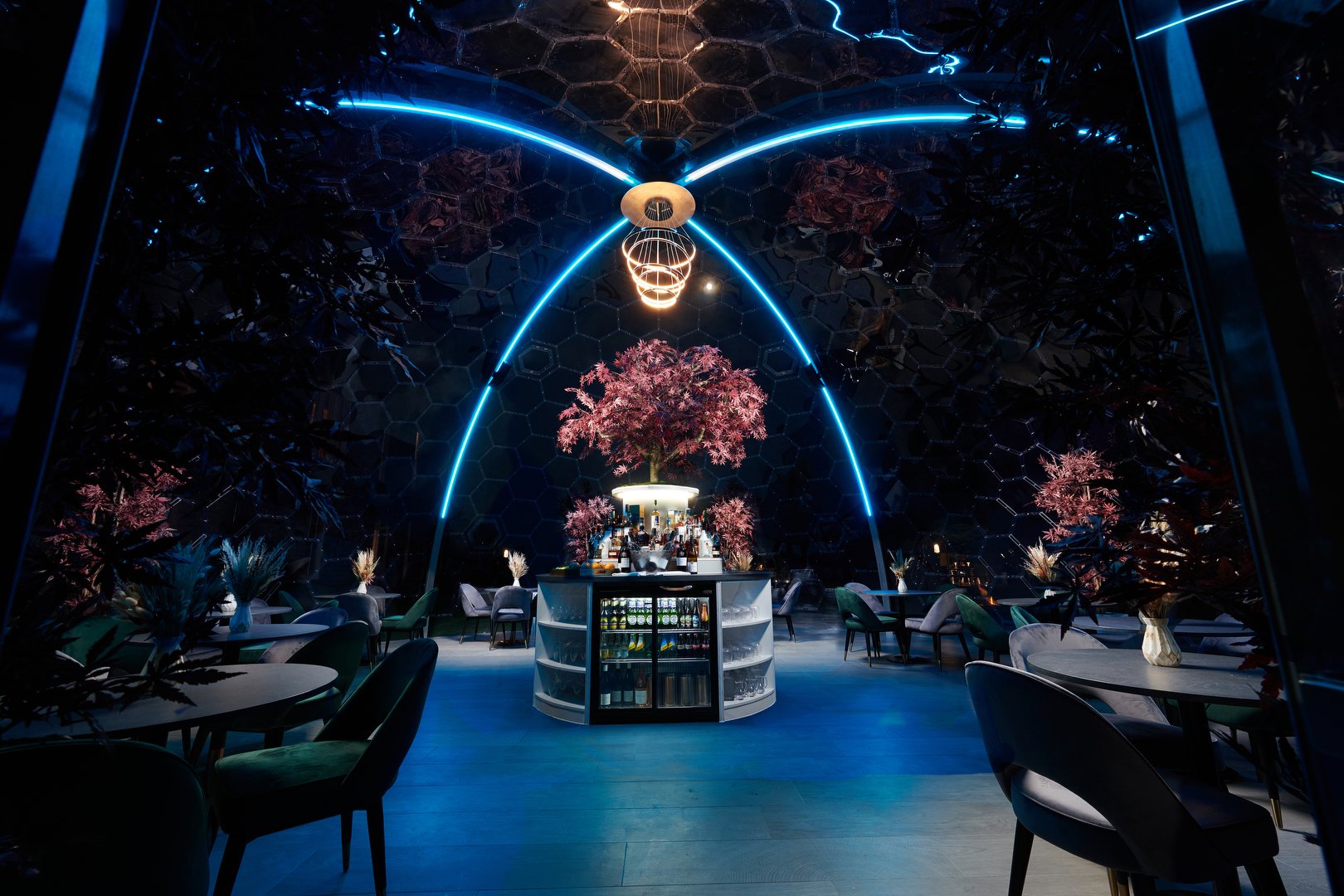

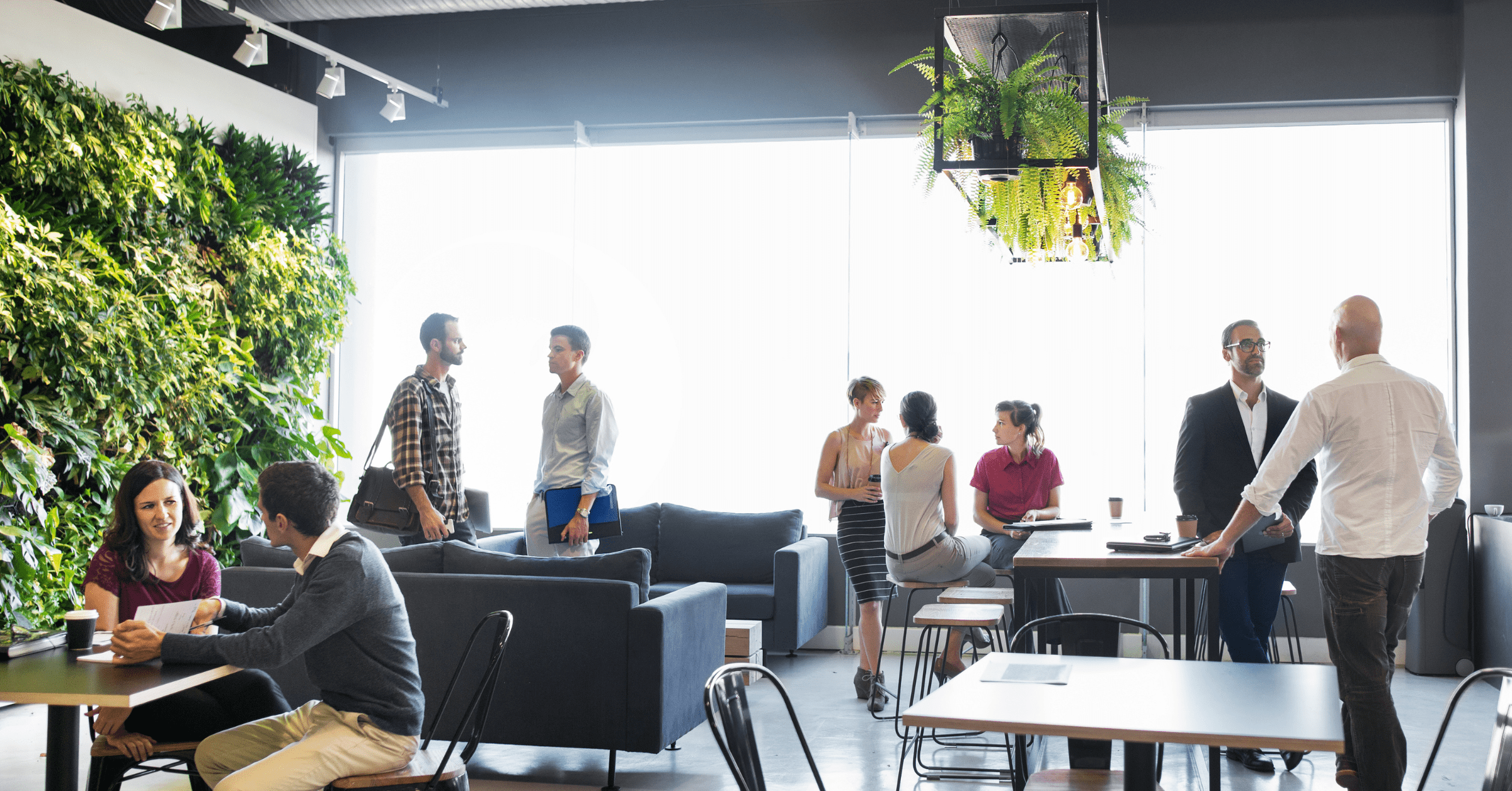

Benholm has proudly been delivering plant and floral products and services with care and creativity, for commercial clients across Scotland and the UK, for over 30 years.
As a family owned business, we are proud of the reputation earned among our clients as a market leader who truly cares about every aspect of the commercial plant and floral products and services we provide. Our creative team of horticulturalists, designers, and installation technicians – along with our global network of growers – allows us to promise unlimited possibility and unrivalled reliability. We carefully nurture the finest domestic and exotic plants and flowers, in our own greenhouses in the heart of Scotland. Complemented by our bespoke design, installation, landscaping, and maintenance services – we can help your business bloom.
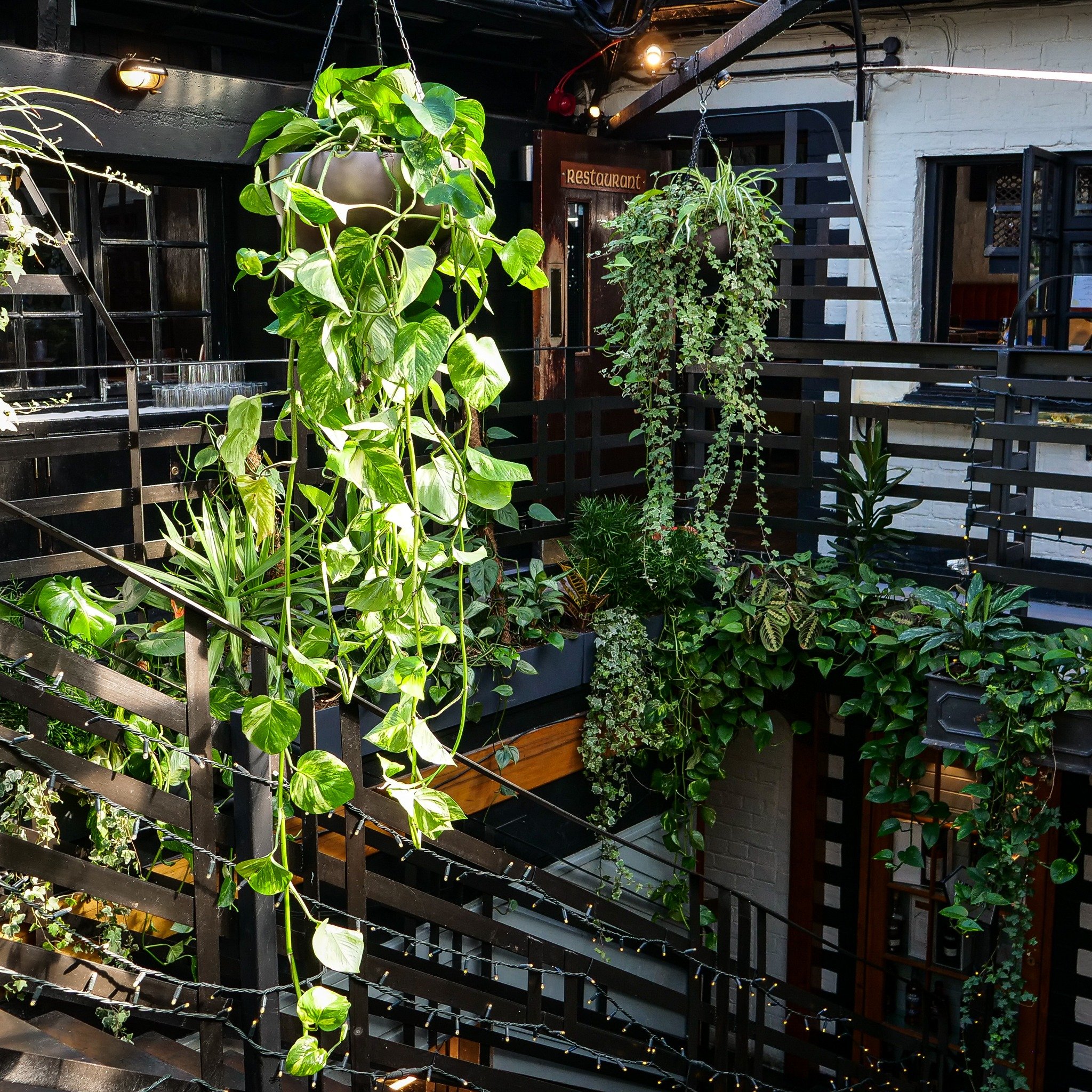
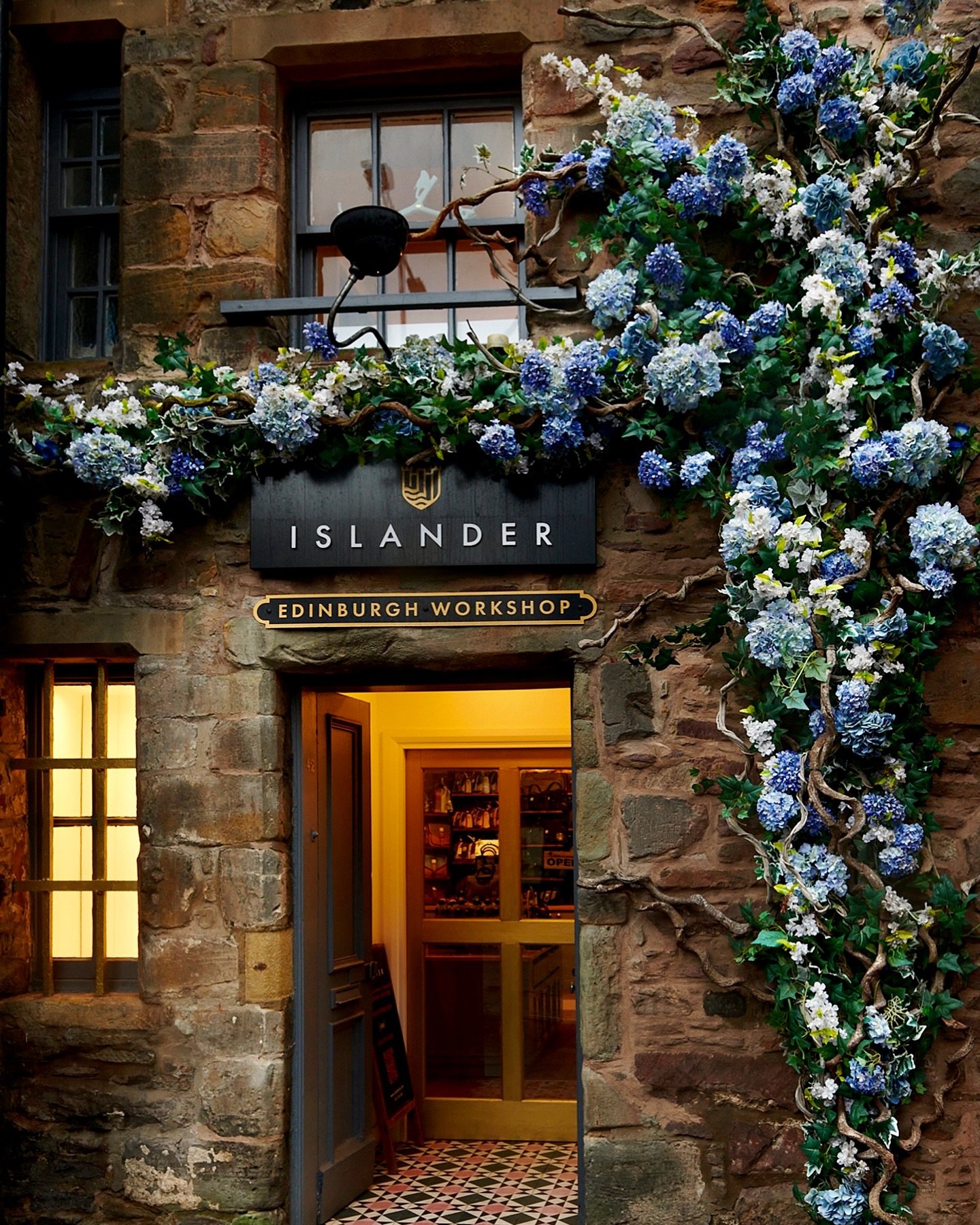
ONE FAMILY GROWING TOGETHER









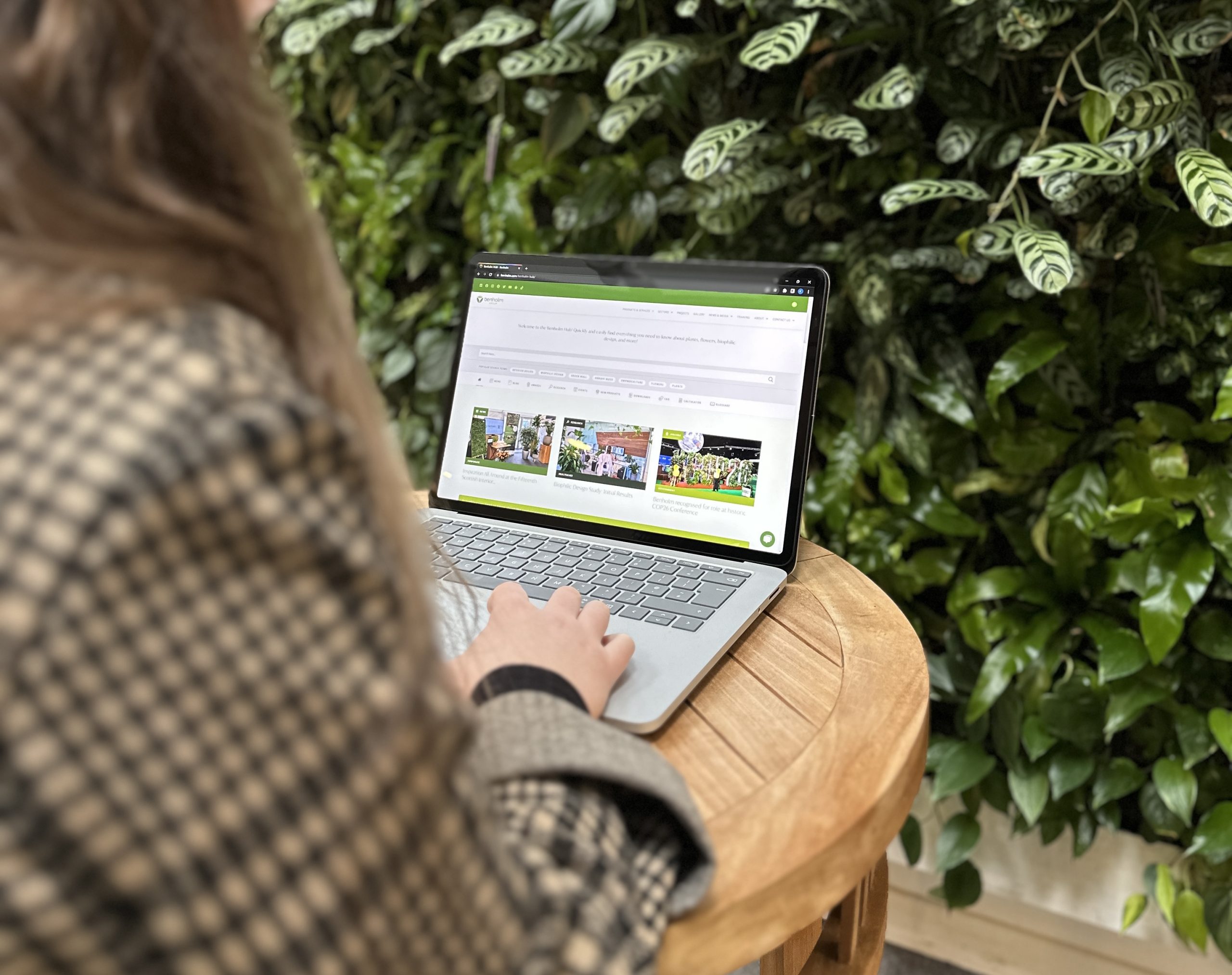
We’ve pulled together over 30 years of knowledge to create an online learning platform packed with useful content. On our Hub you’ll find blogs, downloadable guides, information about relevant industry events and even a calculator which works out the potential return on investment by introducing plants in your space!
Benholm Blooms brings a bright blossoming world of flowers direct to your door. With our deep Scottish roots and flower-growing friends across the globe, the possibilities are endless. Combine our beautiful range of domestic and exotic flowers any way you choose, to create truly personal bespoke bouquets and arrangements.
Brands we’ve worked with

